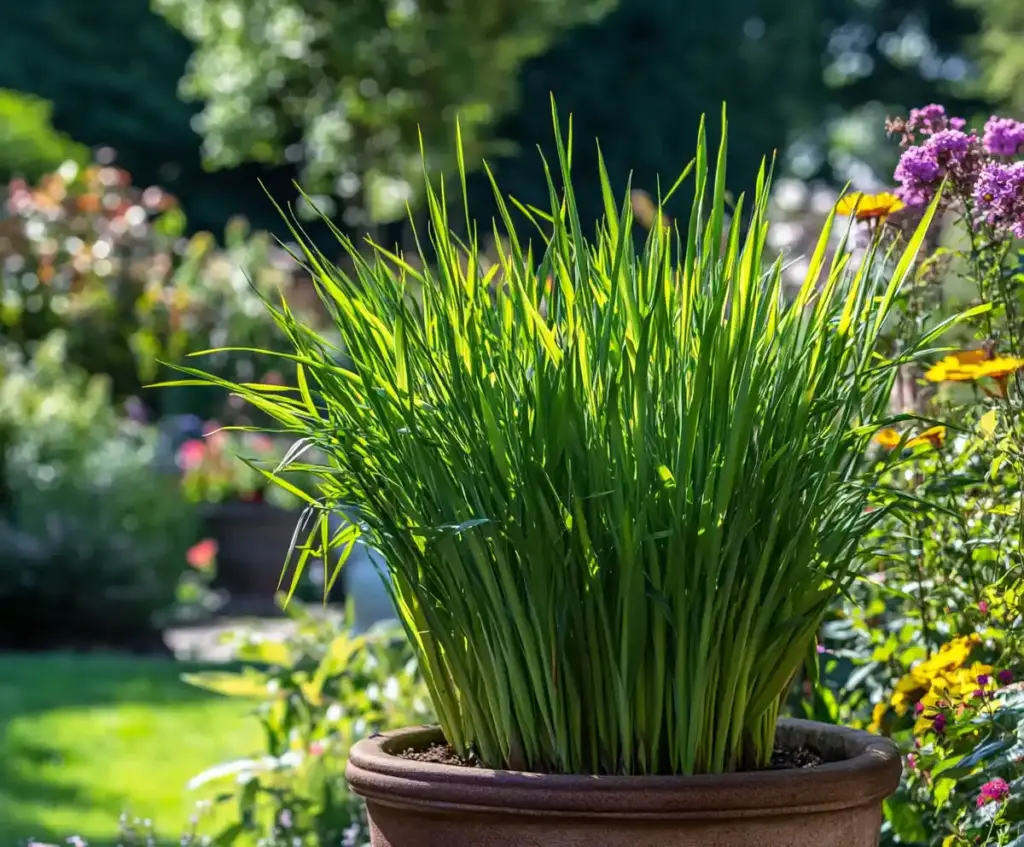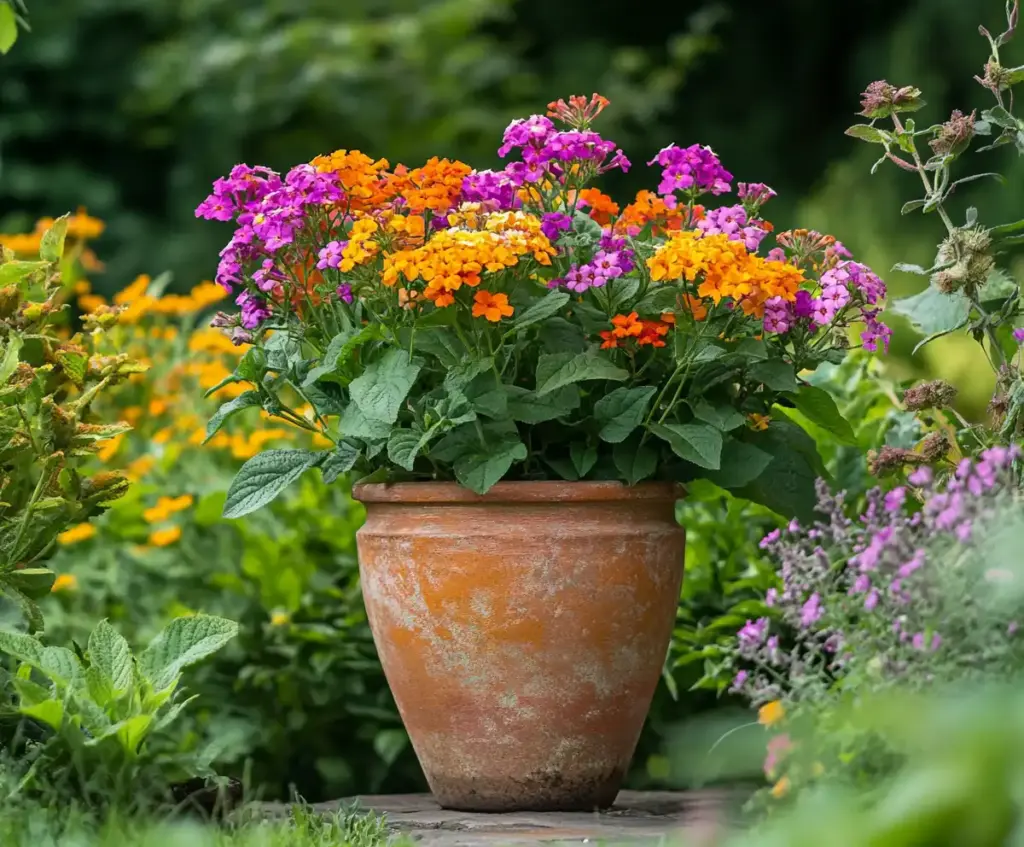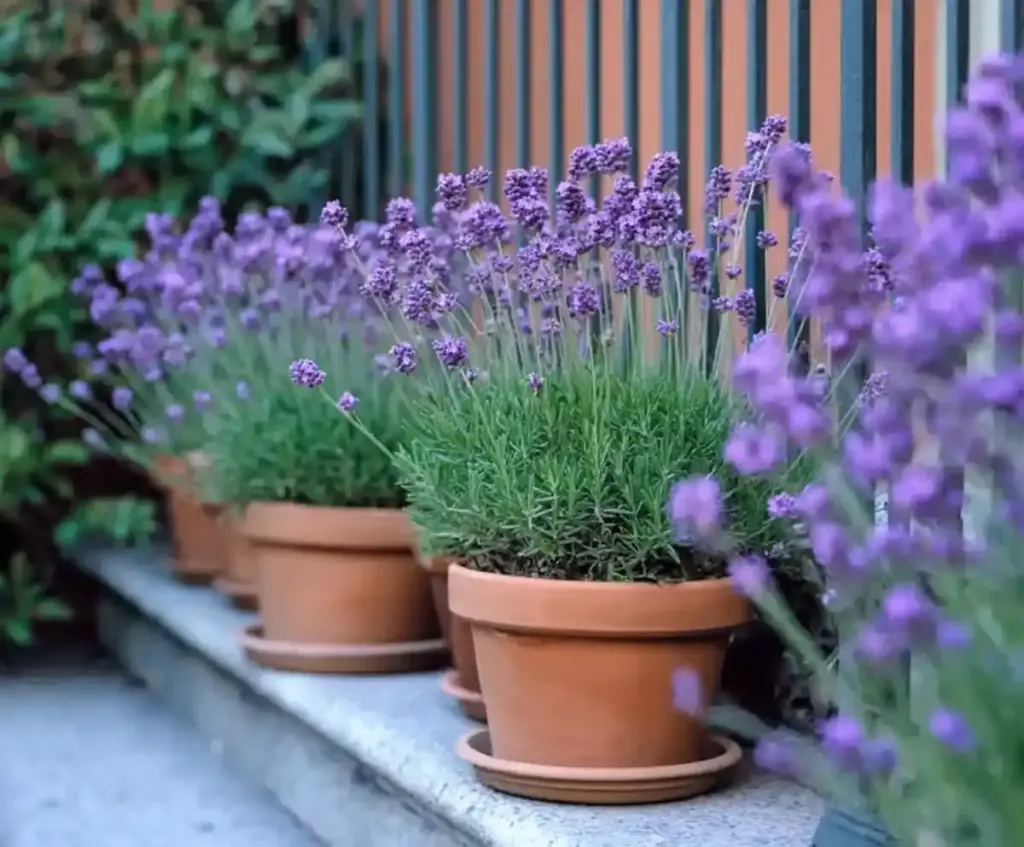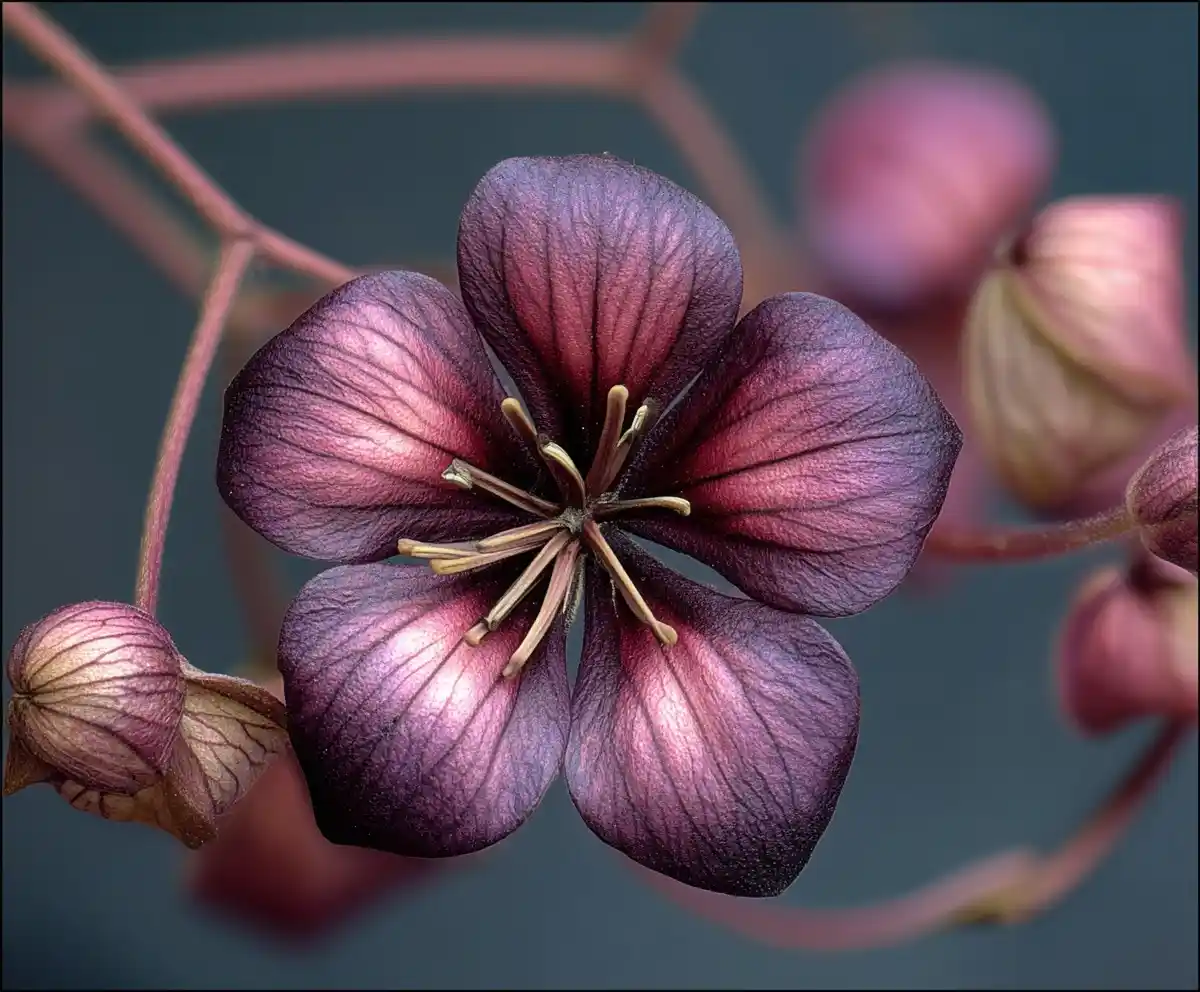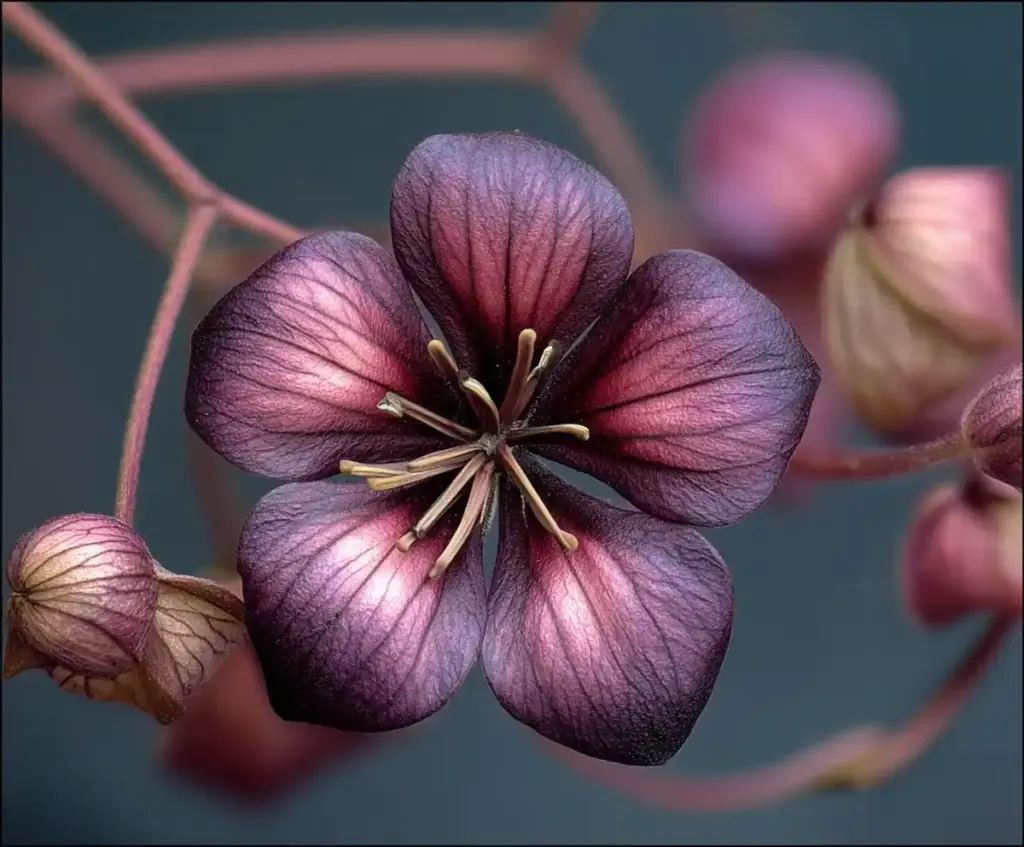If you’re looking for a unique addition to your garden that combines beauty, fragrance, and fast growth, the chocolate vine (Akebia quinata) might be just the plant for you. Known for its lush, five-leaf foliage and deep purple, chocolate-scented flowers, this exotic climber is as enchanting as it is vigorous. In this guide, you’ll learn everything you need to know about how to grow chocolate vine successfully—from planting tips to care advice and pruning tricks. Whether you’re dressing up a fence or disguising a dull patch of ground, this versatile vine can become a standout feature in your landscape.
Is Chocolate Vine Fruit Edible?
While chocolate vine is prized mostly for its decorative and fragrant qualities, it does produce fruit in late summer that resembles a small eggplant or sausage. The fruit is technically edible and contains a sweet, jelly-like pulp dotted with tiny black seeds—somewhat similar to a kiwi in texture. However, many gardeners find its flavor to be mild or unremarkable. If you’re curious, go ahead and taste it, but don’t expect a chocolate flavor—the name refers to the flower’s scent, not the fruit.
Growth Habits and Structural Support
One of the standout features of chocolate vine is its rapid growth—it can extend up to 40 feet in a single season under ideal conditions. Because of this vigorous habit, it’s essential to give it a sturdy support structure early on. Think trellises, arbors, fences, or even pergolas. The vine doesn’t naturally cling or twine tightly like some climbers, so you might need to train it gently using garden ties, twine, or netting.
Planning is key when incorporating chocolate vine into your garden design. It’s not a dainty climber for mailbox posts or small lattice panels. Instead, it thrives when given room to sprawl and climb freely. Some gardeners also use it as a groundcover to hide less attractive features like tree stumps, utility boxes, or unsightly slopes—but note that in ground-level situations, its delicate flowers can get visually lost in the dense foliage.
A Word of Caution: Invasive Tendencies
While chocolate vine is undoubtedly beautiful, it comes with a major caveat—it can be aggressively invasive, especially in temperate climates across the eastern United States. If left unchecked, it may outcompete native vegetation and spread far beyond where it was originally planted.
To prevent this, make regular pruning a part of your care routine, and consider planting it in a contained area or large planter if you’re concerned about its spread. It’s always a good idea to check your local extension office or invasive species list to confirm whether this vine is suitable for your region.
Light Requirements: Sunlight for Blooms
Chocolate vine is impressively adaptable when it comes to lighting. It grows well in both partial shade and full sun, making it a strong candidate for woodland edges or shaded fences. That said, if your main goal is to enjoy its rich purple flowers and potential fruit, sunlight is essential. Aim to plant it in a location that receives at least six hours of direct sunlight daily to encourage optimal blooming and fruit production.
Soil Preferences: Rich, Loose, and Well-Draining
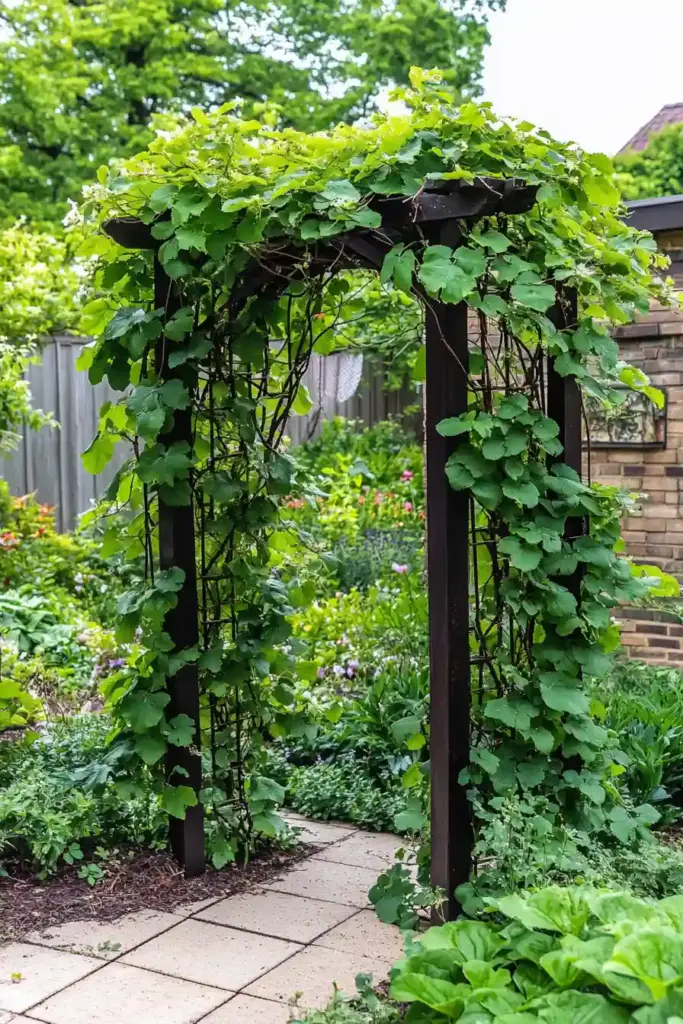
When it comes to soil, chocolate vine isn’t too picky. It will tolerate various soil types, but for best results, plant it in a loamy, well-draining soil enriched with organic matter like compost or aged manure. A sandy-loam mix with a slightly acidic to neutral pH works particularly well.
Good drainage is crucial—this vine doesn’t like soggy roots. Amending your planting area with organic compost or coarse sand can help boost both fertility and drainage if needed.
Watering: Moderate Moisture Once Established

Newly planted chocolate vine will need regular watering to establish strong roots. Plan to water weekly, especially during dry spells, until the plant is well-rooted. Once mature, it’s fairly drought-tolerant and only needs watering during prolonged dry periods. A good rule of thumb is to let the top 1–2 inches of soil dry out before giving it a deep soak.
Mulching around the base of the vine can also help retain soil moisture while suppressing weed growth—an easy win for long-term maintenance.
Temperature and Humidity: Best in Mild Climates
Chocolate vine performs best in moderate temperatures ranging between 55°F to 85°F (13°C to 29°C). It can survive light frosts and may shed its leaves in colder regions, but it typically bounces back in spring with fresh growth. While it tolerates some humidity, excessively wet or humid conditions might affect growth or flowering. In hot, humid regions, make sure it has good airflow and is not overcrowded by other plants.
Fertilizer: Low-Maintenance Feeding
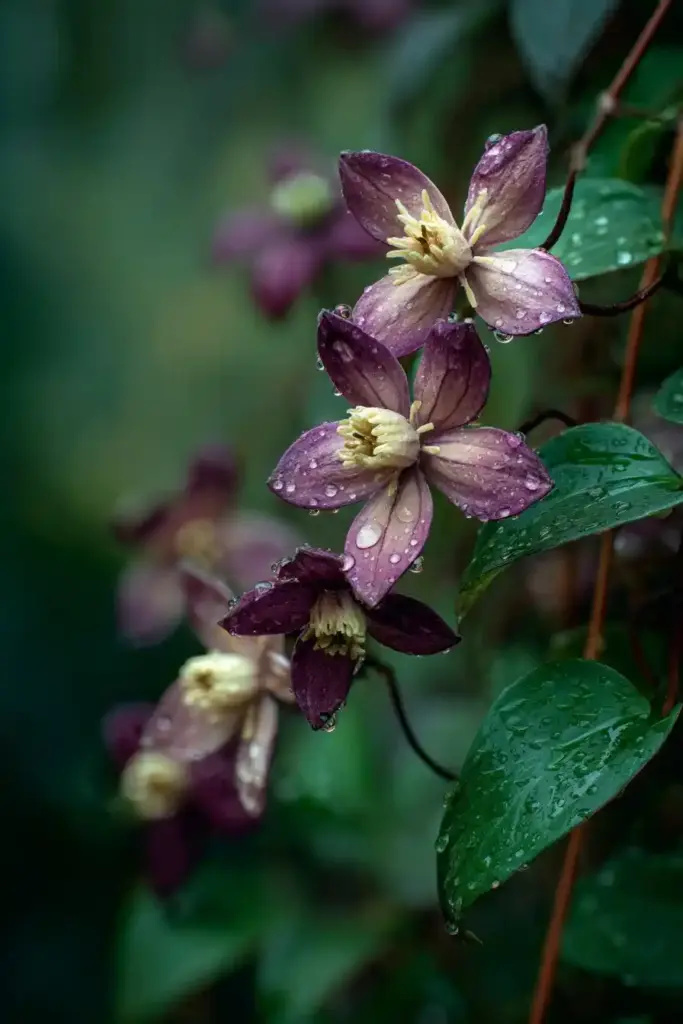
Chocolate vine is a low-maintenance feeder and generally thrives without the need for regular fertilization—especially when planted in rich, organic soil. However, if your soil is poor or you notice slow growth, you can top-dress the base of the plant in spring with well-rotted compost or organic mulch like leaf mold or aged manure.
Avoid high-nitrogen fertilizers, which may encourage leafy growth at the expense of flowers. If you’re aiming for more blooms, consider adding a phosphorus-rich amendment, such as bone meal, to enhance flowering potential.
Popular Chocolate Vine Varieties
If you’re looking for a particular color or growth habit, several cultivars of chocolate vine offer distinct traits. Here are some of the most popular ones:
- Akebia quinata ‘Alba’: This variety features white flowers and pale green stems. It adds brightness to shaded areas and its foliage can turn golden-yellow in fall in cooler zones.
- Akebia quinata ‘Purple Bouquet’: A compact option, growing to about half the size of standard chocolate vine varieties. It still boasts the signature deep purple, chocolate-scented flowers.
- Akebia quinata ‘Rosea’: Offers mauve-pink blossoms that stand out beautifully against the dark green foliage, giving it a softer, pastel touch.
- Akebia quinata ‘Variegata’: This unique cultivar features white-and-green variegated leaves, creating a striking backdrop for the pink-to-purple flowers.
Choosing the right variety depends on your garden goals—whether it’s a splash of color, a smaller footprint, or foliage interest.
Pruning: Keep It in Check and Encourage Growth
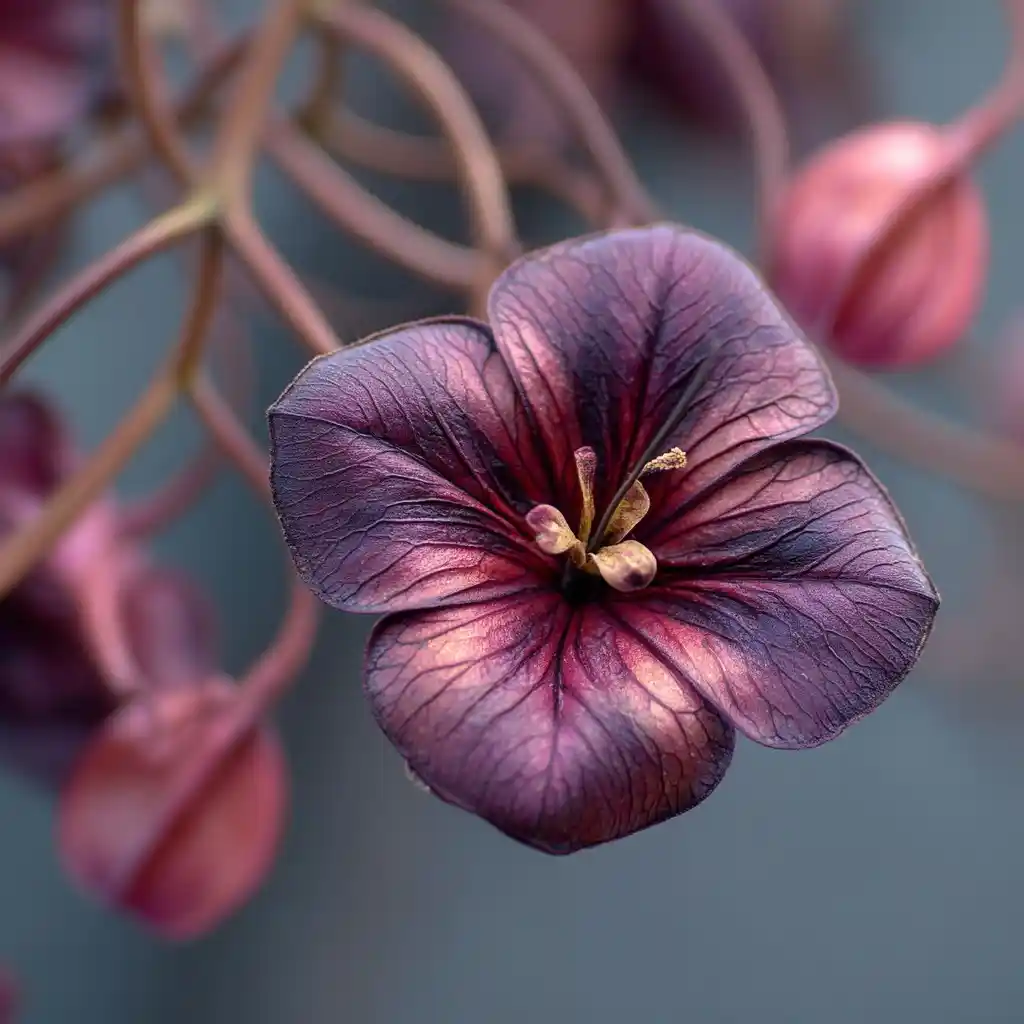
Due to its vigorous nature, regular pruning is essential for keeping chocolate vine under control. You can lightly prune throughout the growing season to maintain shape or cut it back hard in late winter to rejuvenate it.
Here’s how to prune effectively:
- Use clean, sharp pruning shears.
- Trim just above a leaf or node (about ¼ inch above).
- Cut back long, straggly stems to encourage bushier growth.
- For overgrown vines, don’t hesitate to trim it back near ground level in late winter—it will bounce back quickly in spring.
Regular pruning not only tames the growth but also promotes better flowering and airflow within the plant.
Propagating Chocolate Vine: Multiply the Magic
Want more of this striking vine in your landscape? Propagating chocolate vine is fairly simple, especially through softwood cuttings taken in spring.
Here’s a step-by-step guide:
- Choose a healthy vine that has bloomed at least once and has new spring growth.
- Take a 6-inch cutting using clean pruning shears. Choose a non-flowering stem with several leaves.
- Remove the lower leaves and dip the cut end in rooting hormone (optional but helpful).
- Plant the cutting in a small container filled with moist, well-draining potting mix or fine compost.
- Cover with a humidity dome (a plastic bag or cloche works) and place it in a warm, bright spot with indirect sunlight.
- Check for rooting in 2–3 weeks by gently tugging the stem—resistance indicates roots are forming.
- Once rooted, transplant carefully to its permanent spot, avoiding root disturbance as much as possible.
This method allows you to create more vines at no cost and ensures the new plants are true to type.
How to Encourage Blooming
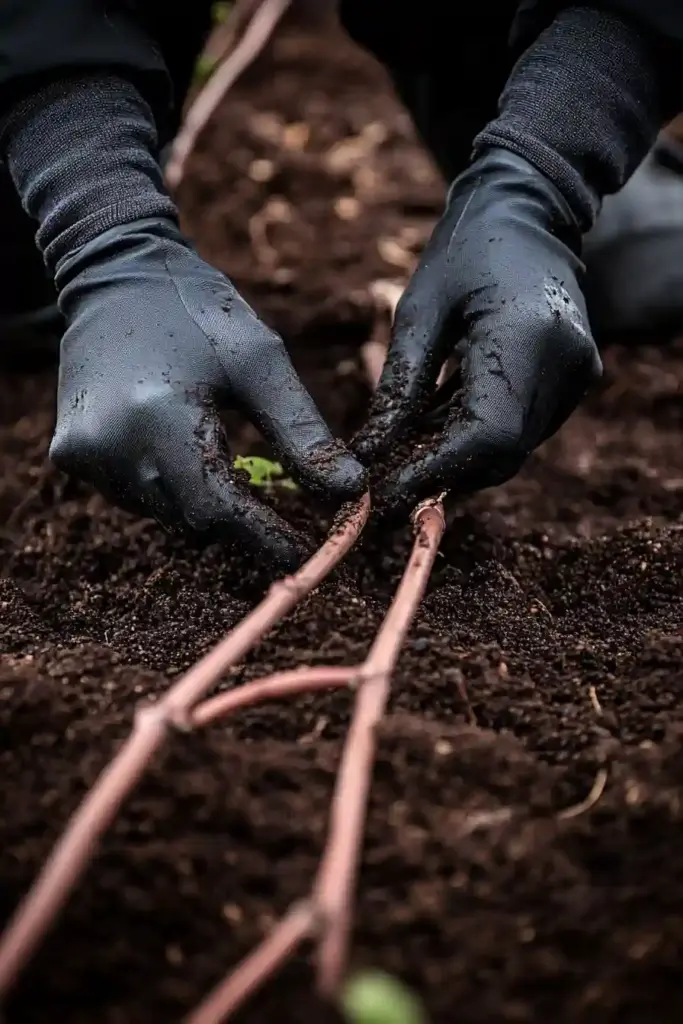
If your chocolate vine is lush but isn’t flowering, it’s likely due to one of a few common issues. Here’s how to maximize blooms:
- Ensure full sun exposure: The number one factor for blooming is sunlight. The vine needs at least 6 hours of direct sun per day.
- Avoid high-nitrogen fertilizers: Too much nitrogen promotes leaf growth over flowers.
- Add phosphorus: Use a bloom booster fertilizer or organic amendments like bone meal to support flower development.
- Prune strategically: Avoid excessive pruning in early spring, which may remove developing flower buds. Focus on shaping after the bloom period.
With a little patience and the right care, your vine will reward you with its signature fragrant, chocolate-scented blooms.
author:Frequently Asked Questions
Can I grow chocolate vine indoors?
While you can start chocolate vine indoors (especially when propagating), it’s not suited for long-term indoor growth. It needs plenty of sunlight and space to sprawl—something most indoor environments can’t provide.
Can chocolate vine grow in containers?
Yes, but be prepared for frequent pruning or repotting. Chocolate vine grows quickly and can easily outgrow even large containers. Use a sturdy trellis and opt for a deep pot with excellent drainage.
Conclusion: Is Chocolate Vine Right for Your Garden?
Chocolate vine is a fast-growing, visually captivating climber that offers more than just good looks—it brings fragrance, shade, and lush coverage to your garden. With proper care, occasional pruning, and a sunny spot to thrive, this vigorous vine can become a showstopper in your outdoor space. Just be mindful of its spreading habits and check for local invasiveness before planting.
Whether you’re seeking a fragrant fence cover, a bold pergola accent, or a unique groundcover, chocolate vine delivers with style and vigor.
🌿 Love gardening inspiration? Follow me on Pinterest for bold plant ideas, tips, and seasonal color!
More Posts
